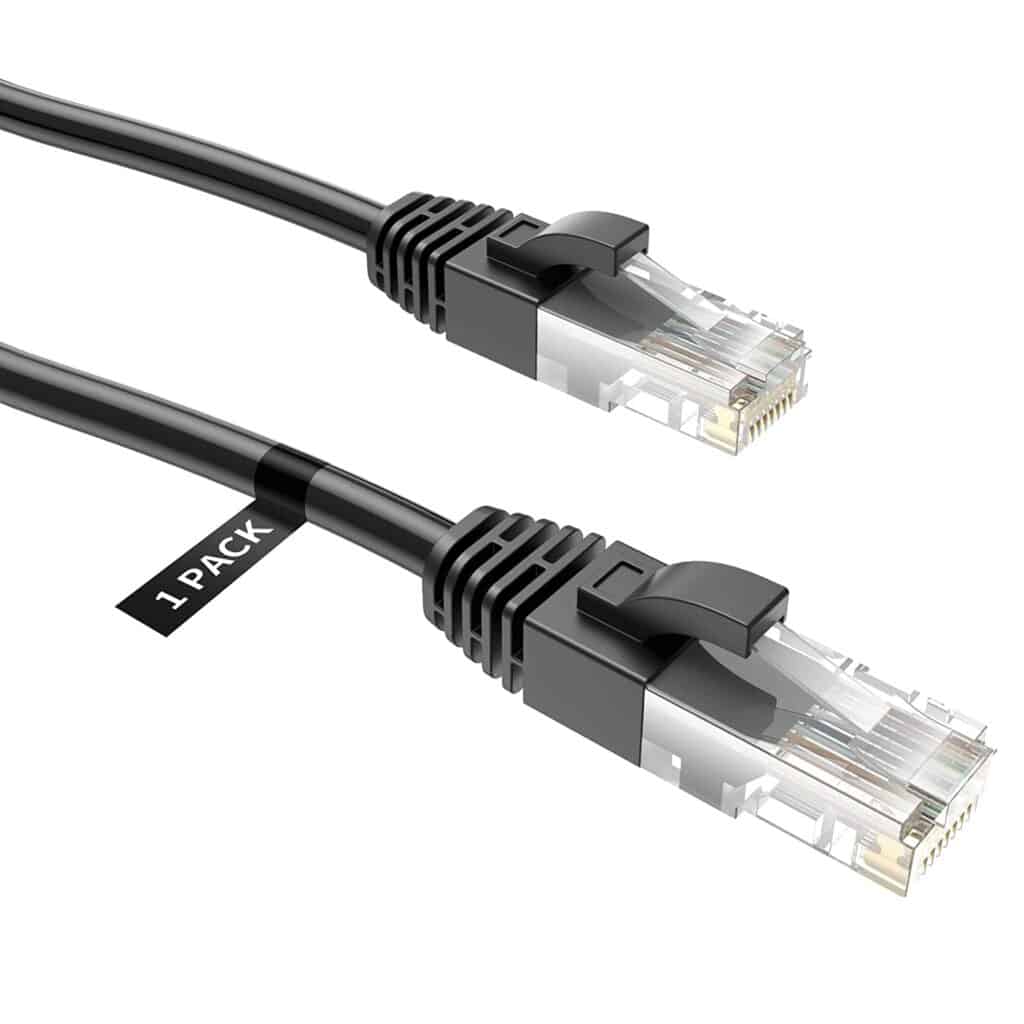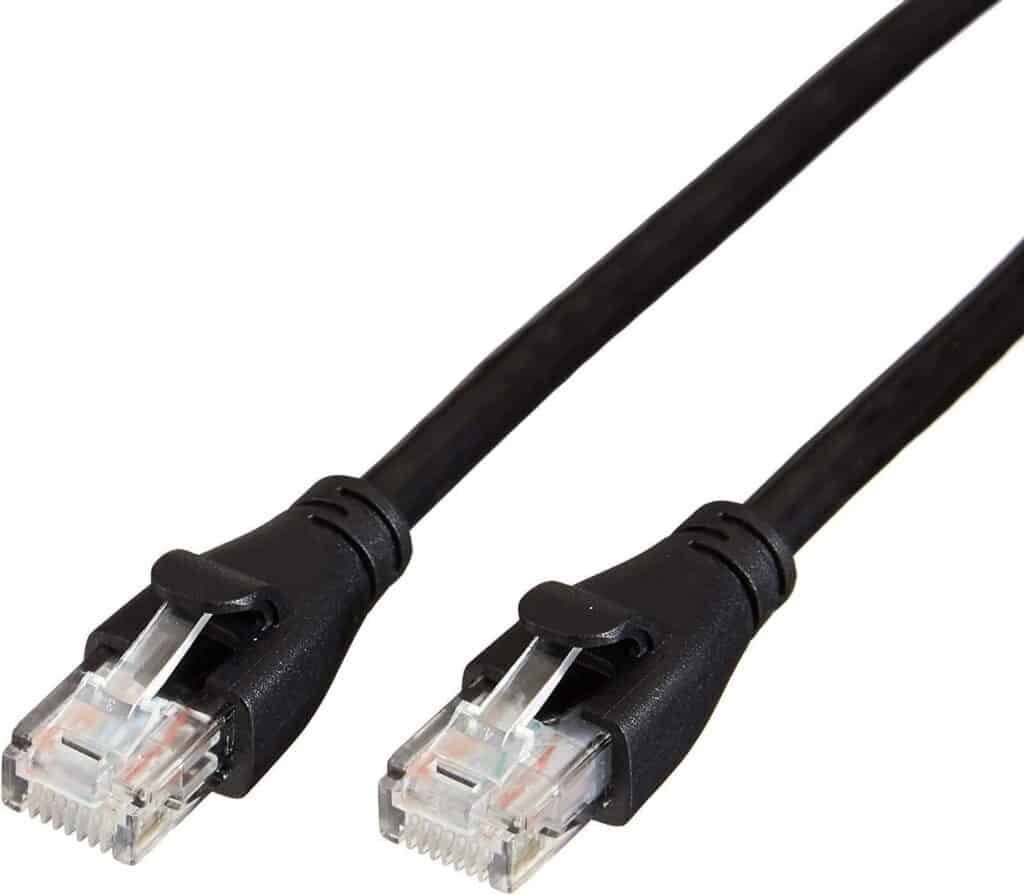All Ethernet cables have one basic purpose – to connect devices to a network, such as the Internet. However, not all Ethernet cables are exactly the same. If you need to buy an ethernet cable but have no idea which one to choose, trust us, you are not the only one. However, you have come to the right article since we will compare Cat 5 vs Cat 6, which are two powerful cables!
Cat5 vs Cat6 – Quick comparison
If you have ever searched for cables online, you have probably noticed that they are almost always classified as Cat 5, Cat 6, or something similar. “Cat” simply means “Category,” and the following number indicates the version of the cable. In general, the higher number represents the higher speeds and higher frequencies, measured in MHz.
| Features | Cat 5 | Cat 6 |
|---|---|---|
| Frequency | 100 MHz | 250 MHz (max 500 MHz) |
| Speed | Up to 100 Mbps | Up to 10 Gbps |
Maximum Cable Length | 100 meters | Slow network speed: 100 m Fast network speed: 55 m High crosstalk environment: 33 meters |
| Connectors | RJ45 (8P8C) | RJ45 (8P8C) |
| Average cost | $0.10 to $0.20 per foot | $0.25 to $0.35 per foot |
| Shielding | Unshielded | Shielded or Unshielded |
What is a Cat 5 Cable?
Cat 5 cables connect different types of hardware such as computers, printers, routers, etc. If a device has an ethernet port, it can be connected with the Cat 5 cable.
Today, since there are more improved cable versions, like the Cat 5e or Cat 6 cable, the Cat 5 cable is considered slightly outdated technology. This is no surprise since the production of the Cat 5 cables began in 1995. Still, it is capable of running high speeds for everyday internet use such as streaming Netflix content, gaming, etc.
Cat 5 Pros & Cons
Pros:
- Suitable for home users
- Ideal for slower network speeds (up to 100 Mbps)
- Price
- Thin
Cons:
- No crosstalk protection
- Not compatible with the Cat 6 networks
What is a Cat 6 Cable?
Cat 6 cables support a larger bandwidth than Cat 5, and they cost more. These cables are more tightly winded than the older versions. They often have foil (thin layer of aluminum or copper) or braided (woven lattice from copper or tin) shielding. The Cat 6 can support speeds up to 10 Gbps. However, the maximum distance is 55 meters.
Cat 6 Pros & Cons
Pros:
- Backward compatibility
- Higher frequency
- Higher speeds
- Shielded from interference
Cons:
- Price
- Thickness
Features Face to Face
Bandwidth
When you are trying to determine which is better, cat5 vs cat6, there are many things to consider. The first and very crucial feature is bandwidth. Bandwidth is a frequency range over which a signal spans itself. It is measured in Hertz.
As an example, we can take the frequency range of the human voice. The lowest frequency is around 300 Hz, while the highest frequency is around 3,000 Hz. So, the actual frequency range, in this case, is 2,700 Hz.
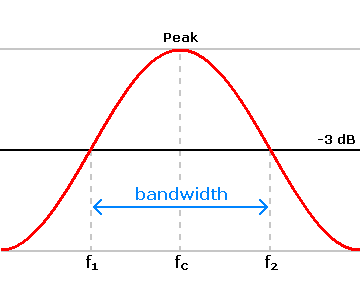
Bandwidth is also related to speed and is the amount of data transmitted per unit of time. It is measured in bits per second or megabits per second. The higher the bandwidth, the more data can be transmitted through the cable.
Bandwidth is measured in megahertz (MHz) for copper cables, and each cable category has maximum bandwidth. The max bandwidth for Cat 5 cables is 100 MHz, while Cat 6 cables can reach 500 MHz.
Winner: Cat 6
Speed
Transfer speed is also very important when choosing an ethernet cable. Therefore, you should choose the one that fits your needs. The Cat 5 cable can withstand the fast ethernet speed of 100 Mbps with a frequency of 100 MHz.

The Cat 6 cable, on the other hand, can support higher speeds of 10 Gbps with a frequency of up to 250 MHz (maximum of 500 MHz). The Cat 6 cable is suitable for residential use, but you can use it for business, since it’s also able to withstand high demands.
The obvious winner in this category is Cat 6 since it can support the speed of 10 Gbps and be used for various purposes.
Winner: Cat 6
Performance
The easiest way to choose a cable is to choose the one with the range and speed you need. But what do you need?
First off, start with the speed of your home internet connection. If you have a slower internet connection, like 10 or 20 megabits per second, any Cat 5 or later version can meet your expectations.
Secondly, consider the speed of your network. This is usually irrelevant to most home users. But, if you often use the network to transfer large files from one computer to another, a better Ethernet cable like Cat 6 can make a significant difference.
Last but not least, define your requirements and determine which group you belong to. If you are a home user, the Cat 5 cable is probably the best solution for you. But if you run a business that requires high internet speed, you should choose at least Cat 6. So, the choice depends on your needs.
Winner: Draw
Compatibility
The Cat 6 cable is backward compatible with the previous versions, meaning that the Cat 6 cable can work on the Cat 5 network. However, you can’t use the Cat 5 cable on the Cat 6 network. The Cat 6 network requires more capabilities and performance that Cat 5 simply can’t reach.
But, Cat 5 is also backward compatible, meaning it is compatible with its previous versions. Since the Cat 5 cable can’t be used on the Cat 6 network, the Cat 6 cable stands out in this segment.
Winner: Cat 6
Crosstalk
When you place a lot of cables too close, they can interfere with each other and cause errors. This is called crosstalk. In short, crosstalk is a situation in which one telecommunication signal affects the other one.
Cat 5 and Cat 6 are not resistant to crosstalk. However, newer versions of ethernet cables handle this problem better. Usually, the best mechanisms to reduce the effects of crosstalk are twisted cables and cable shielding.
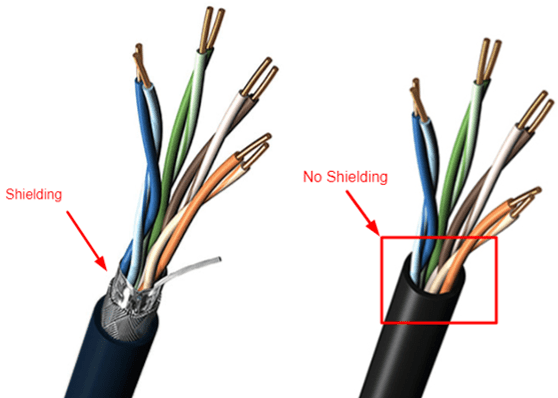
Cat 6 cables use both of these mechanisms to avoid errors. Their wires are more tightly wound, and the shields are usually made of foil or PVC. And sometimes, it has a plastic wrap around it for additional protection.
Because of their structure, Cat 6 cables can provide high speed and better data transfer performance.
Winner: Cat 6
Maximum length
The maximum length of the Cat 5 cable is 100 meters. When it comes to the maximum length of the Cat 6 cable, it is also 100 meters but for slower network speeds of up to 1,000 Mbps. For higher speeds, the Gigabit Ethernet of up to 10 Gbps, this length drops down to 55 meters.
Also, in an environment with high crosstalk conditions, this length shortens even more – and drops to 33 meters.
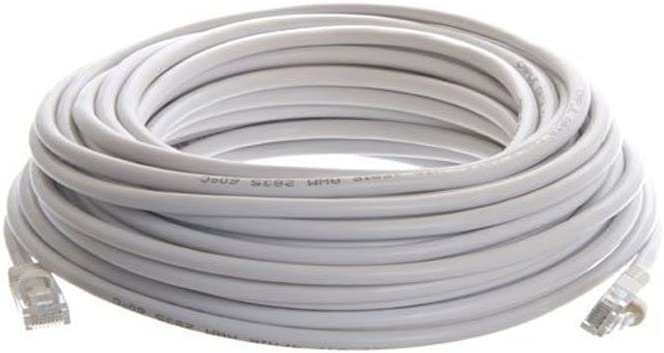
So, both cables offer a length of up to 100 meters. The Cat 6 cable is still a better choice since it can offer higher speeds (even though the length shortens at higher speeds) and more options.
Winner: Cat 6
Visual differences/thickness
The Cat 6 cable has four pairs of copper wires, and therefore it is usually relatively thicker when compared to the Cat 5 cable. The reason is that Cat 6 uses more wires which are twisted tighter, but also it is wrapped with a plastic shield.
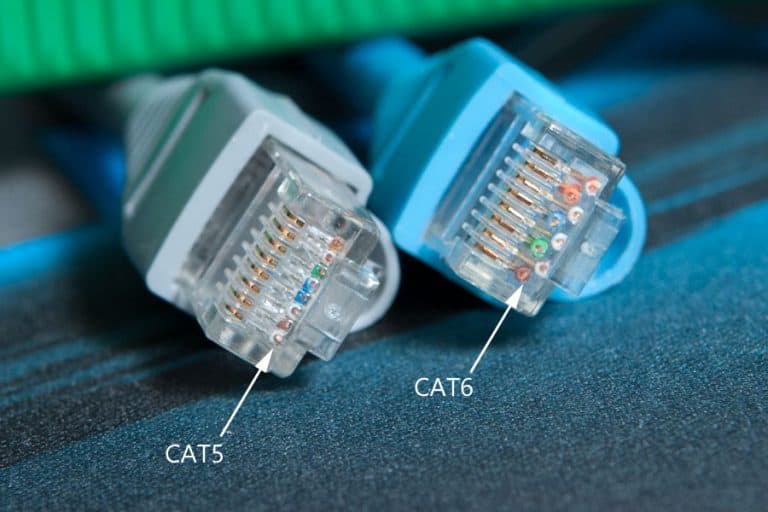
The Cat 5 cable also uses four twisted pairs of wires. But, compared to the Cat 6 cable, this one is thinner. If cable thickness is important because you lack space for installation, the Cat 5 cable might be the better option.
Winner: Cat 5
Price
The average price of the Cat 5 cable is $0.10 to $0.20 per foot. And the average price of the Cat 6 cable is $0.25 to $0.35 per foot. So, the Cat 5 cable is much cheaper than the Cat 6.
If you are not too demanding when it comes to data transfer speed, you should consider buying the Cat 5 cable. Since both cables can reach the length of 100 meters, which is approximately 328 feet, the overall difference in price can vary significantly.
Conclusion
The main difference when comparing Cat 5 vs Cat 6 is the crosstalk resistance. Cat 6 prevails since it uses more twisting and improved shielding. Another big difference is the speed of data transfer.
Both cables have the same end plug, but keep in mind that you can’t use the Cat 5 cable on Cat 6 networks. So, if you want to plan for the future and invest in something that won’t become outdated in the near future, maybe the Cat 6 is the way to go.
Here are the final results of our Cat5 vs Cat6 comparison:
Use the Cat 5 cable if you:
- Plan to use it at home
- Don’t need a higher speed than 100 Mbps
- Are able to avoid crosstalk environment
- Don’t want to spend too much money
Use the Cat 6 cable if you:
- Are a business user
- Need a high transfer speed (above 1 Gbps)
- Want to have crosstalk protection for your network
- Prefer highly compatible cables
